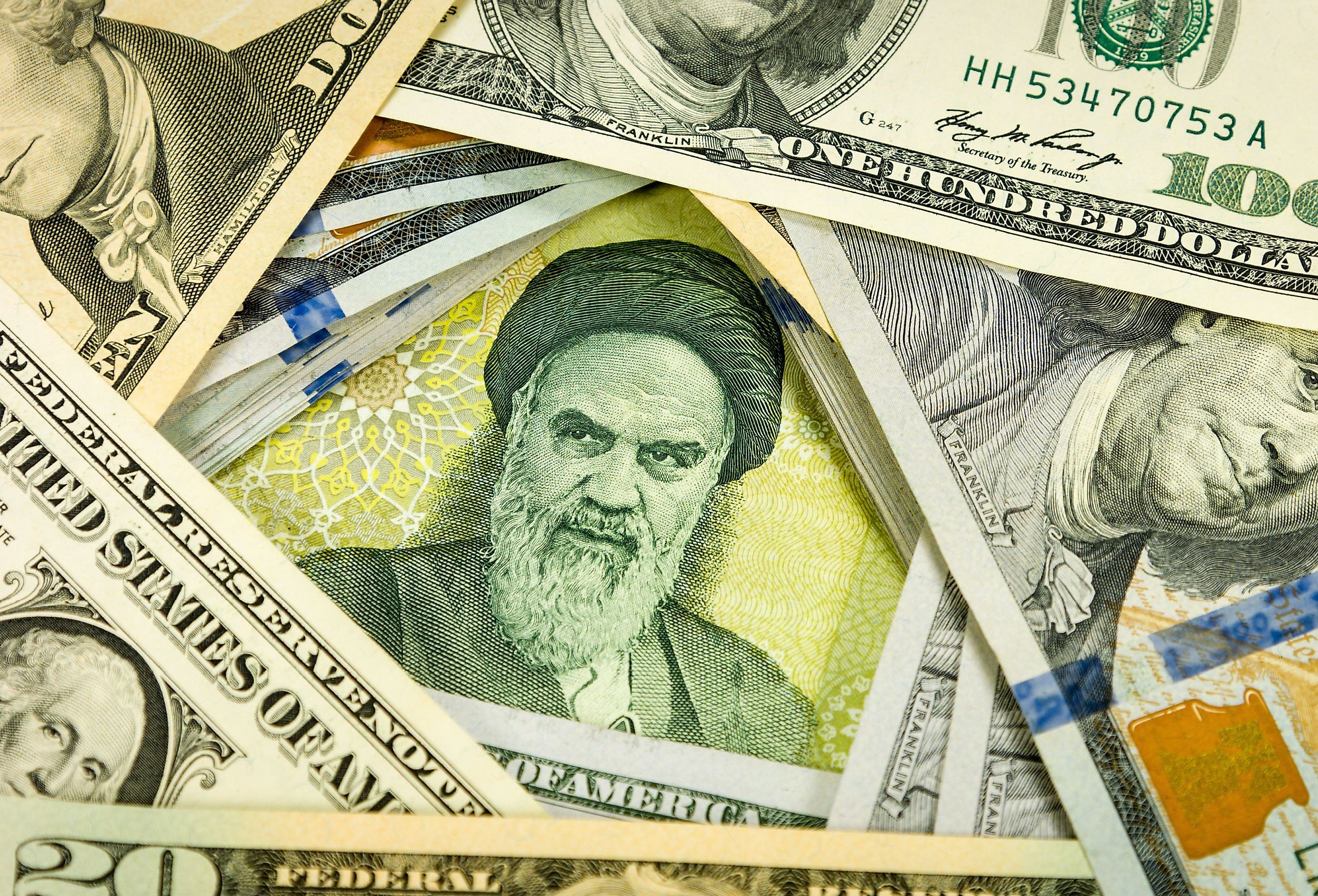
The Worst Currencies in the World
Each nation’s currency represents a unique cultural and financial pride and stands as a symbol of national prosperity. Still, some currencies and economies are adversely affected by wars, poverty, and political instability, meaning that there are some countries whose money is of low value. Based on a variety of factors, these are ten of the world’s least-valued currencies in 2022.
Venezuelan Bolivar
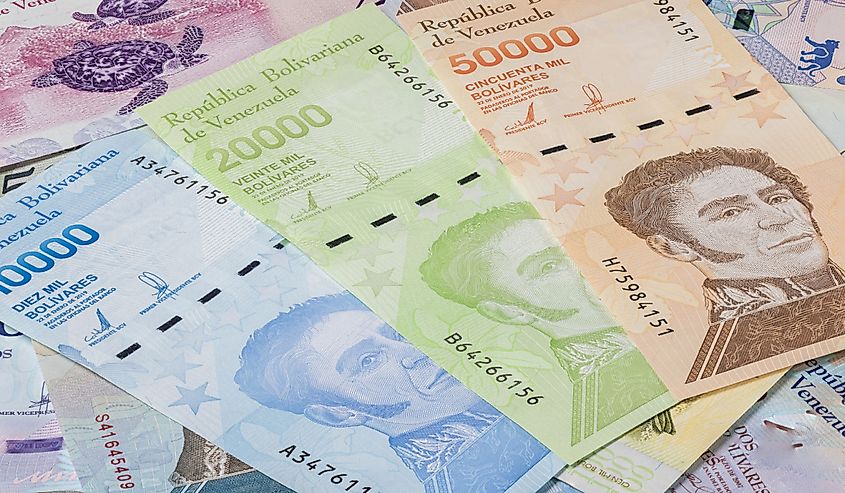
Following years of political instability, economic mismanagement, and high inflation, the Venezuelan Bolivar is one of the cheapest currencies in Latin America. Today, one US dollar equals about 1,653,040 Bolivars (VEF), and hyperinflation following the protracted political crises involving the presidency has only made things more difficult for Venezuelans. Ironically, the Bolivar was once considered one of the most stable currencies in the region until inflationary problems arose in the 1980s. Though still one of the major oil producers of the world and with a GDP of 82 billion US, Venezuela's economic woes seem to only be getting worse, before getting better. In 2021, the government removed additional zeros from the Bolívar Soberano currency (VES), so one US dollar equals about 16.53 Bolivars (VES).
Iranian Rial
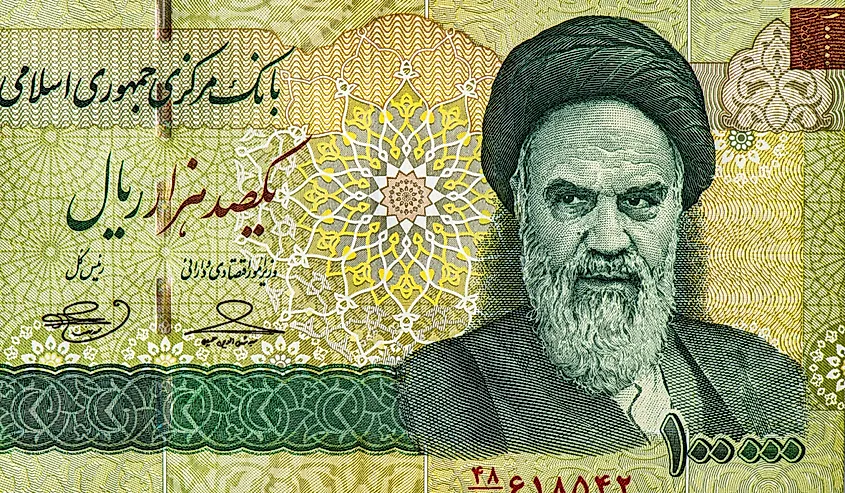
The Iranian Rial stands as one of the cheapest currencies in the world, with a current exchange rate of approximately 41,800 Rials for one US dollar! Since the events of the 1979 Islamic Revolution, the Iranian currency has steadily devalued, and many businesses left the country in the immediate aftermath. Adding to the financial uncertainty was the almost decade-long Iran-Iraq War (1980-1988), and the subsequent sanctions placed on the Iranian government in response to its nuclear ambitions. Despite holding one of the highest GDPs in the world, at 1,970 billion, the country still struggles with instability. In 2019 the national government agreed to replace the Rial with a new currency called the Toman in hopes of kickstarting its faltering economy.
Vietnamese Dong
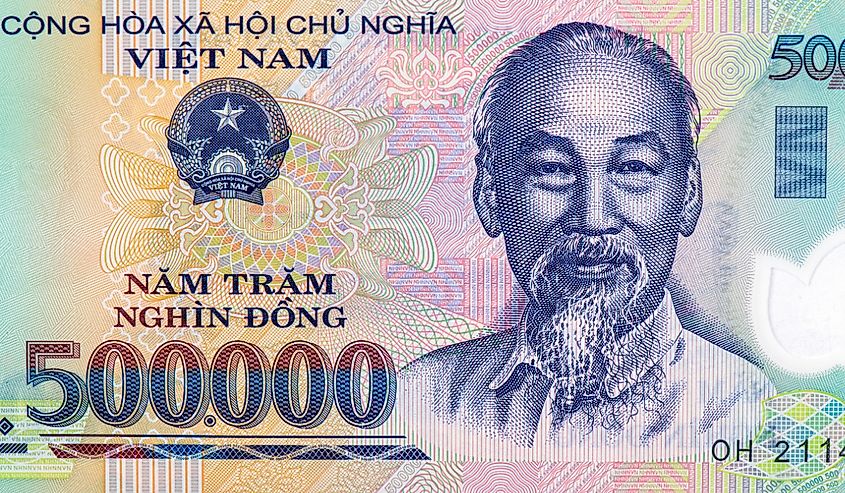
Amongst the lowest-rated currencies in the world, the Vietnamese Dong reflects the country’s struggle to shift towards a free market economy, after decades of central planning. Currently, one US dollar equals about 23,000 Vietnamese Dong, signaling a slow process for financial modernization amongst other Asian markets. Still, Vietnam has shown a GDP of 413 billion US (2022), meaning there is great economic potential for this burgeoning Asian power.
Indonesian Rupiah
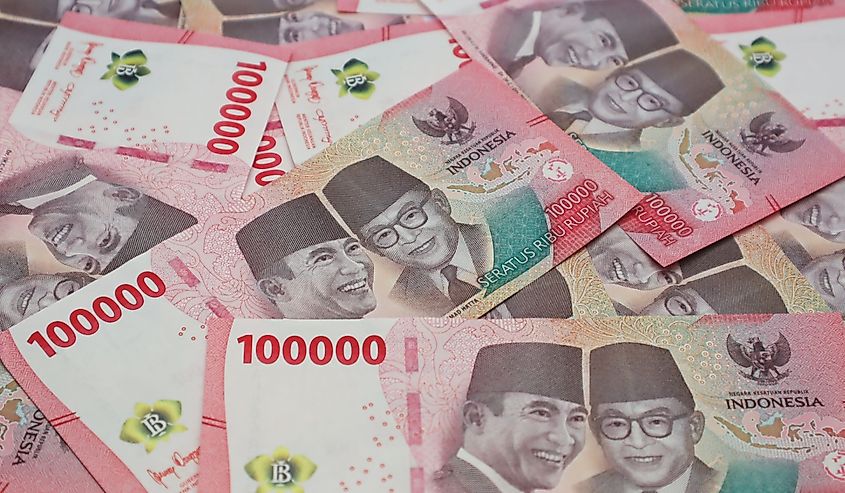
Despite Indonesia’s fairly stable economy and GDP, and high development index, the Rupiah remains one of the least-valued currencies in the world. Currently, one US dollar equals roughly 15,000 Rupiah, making it one of the least sought-after currencies in Southeast Asia. With factors including hyperinflation and market volatility, the Indonesian Rupiah has never been a successful currency, despite numerous efforts by the government to strengthen its trading value.
Colombian Peso
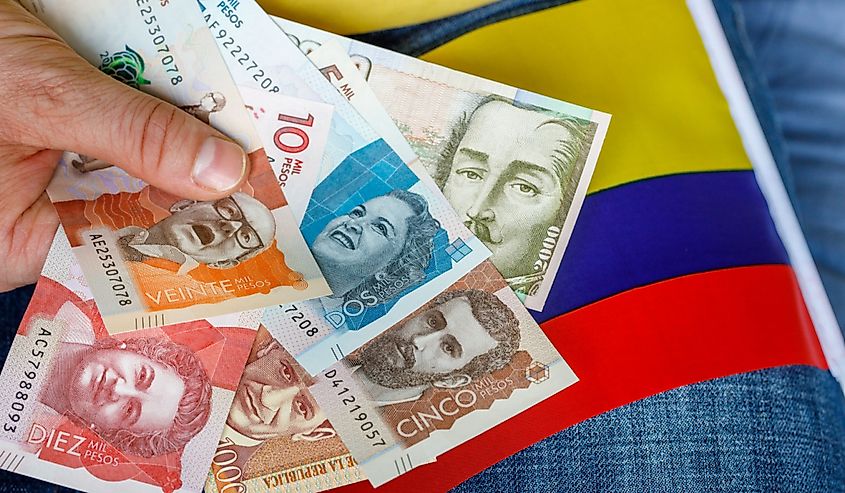
Amongst the lowest-valued currencies in South America, the Colombian Peso has devalued many times throughout its history. Today 4,500 Pesos equals around one US dollar, with inflation and unstable market trading accounting for much of the discrepancy. Indeed at one time, the Colombian Peso was closer in range to the American dollar, but the gradual devaluation has only steadily increased. In addition, Colombia's GDP stands at $342 billion US.
Sierra Leonean Leone
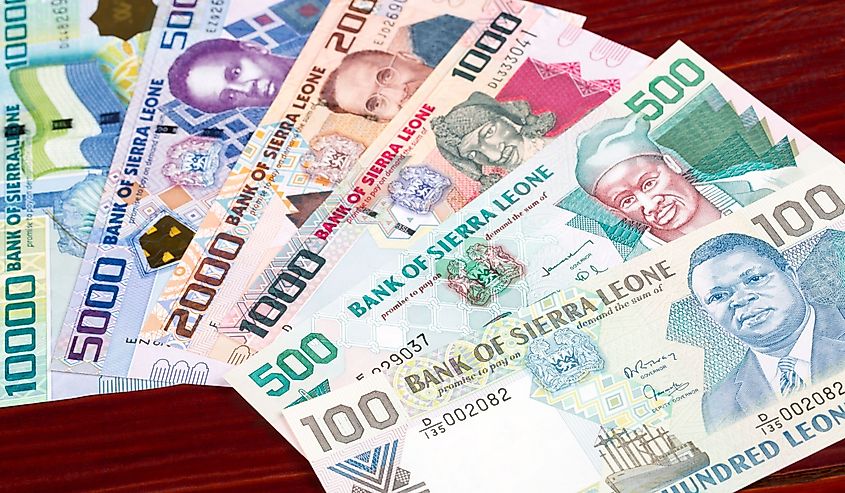
Though rich in natural resources, the West African nation of Sierra Leone has long struggled with poverty and economic malaise. Between civil wars and the effects of an Ebola virus outbreak, the country’s currency has been devaluing for some time. In 2022, one US dollar equals about 18,850 Leone (SLL). With an annual GDP of 4 billion US, Sierra Leone has the lowest GDP on this list. Today, Leone trades very poorly when compared to the US dollar, and it is one of two African currencies in the top ten worst currencies. Sierra Leone (SLE) is a new currency, issued in 2022 at a rate of 1,000 SLL to 1 SLE in an attempt to curb the decreasing valuation.
Laotian Kip
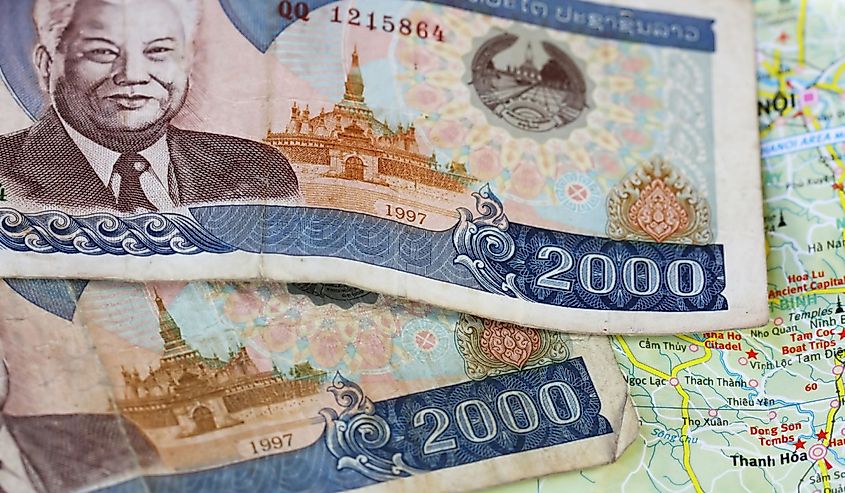
In circulation since 1952, the Laos Kip’s value has fluctuated over time, but as of 2022, it remains in the top ten cheapest currencies. Currently, one US dollar equals about 17,335 Kips making it one of Southeast Asia’s weakest monetary units. The government hopes to increase the demand and trading value of the Kip through measures such as stimulus spending. However, annual GDP growth has fallen from 8% in 2010 to only 2.2% in 2022 making forward momentum challenging.
Uzbek Sum
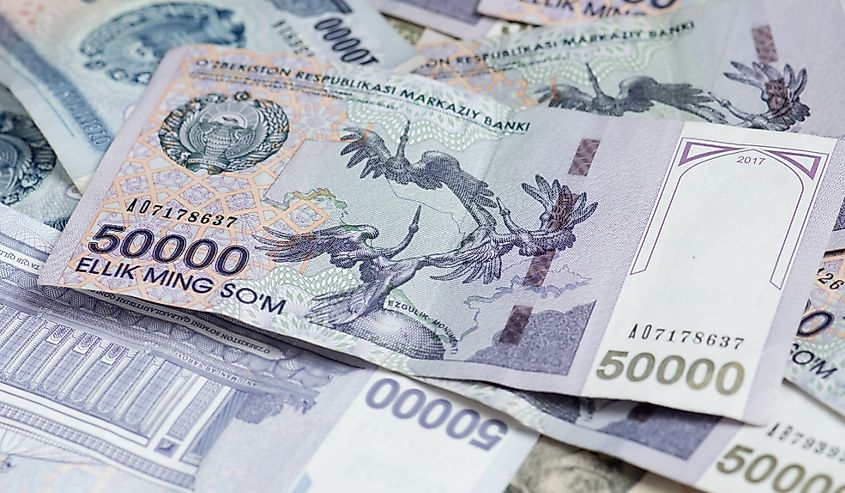
As a former republic of the Soviet Union, Uzbekistan has only enjoyed independence for the last three decades. Since then the country has struggled with its transition to a free market economy, and its currency has stagnated as one of the world’s least traded and used. As of 2022, nearly 11,000 Sums equals one US dollar, making it one of the cheapest monetary units of Central Asia. In 2017, the Uzbek government enacted policies of reform, including the introduction of a floating exchange rate, in continued efforts to bring the economy to desired trading levels. In spite of continued struggles, Uzbekistan managed to regain losses in GDP growth after the pandemic with a relatively stable 5% annual growth.
Guinean Franc
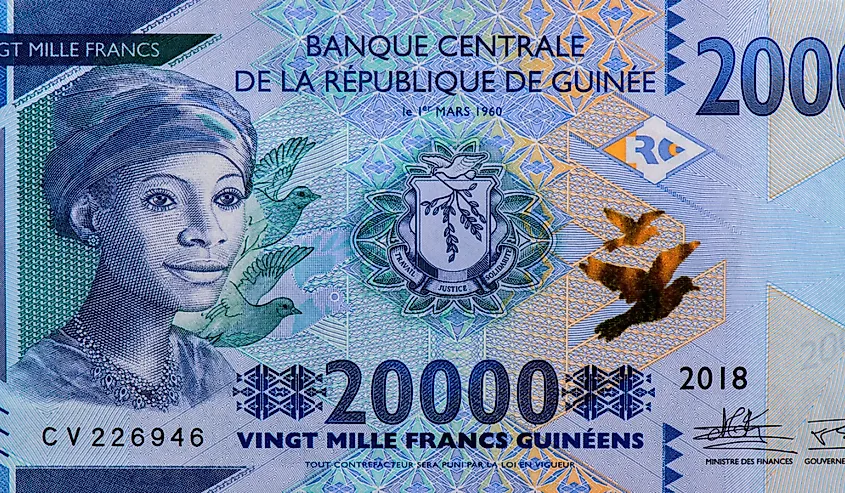
Sharing a border with Sierra Leone, Guinea also has a cheap currency that has struggled with hyperinflation for decades. In conjunction with widespread poverty, political instability, and a low annual GDP of 19 billion US, the Guinean Franc is amongst the worst monetary units in the world. Today 8,600 Guineas would equal one American dollar, in spite of the nation’s rich mineral and resource wealth.
Cambodian Riel
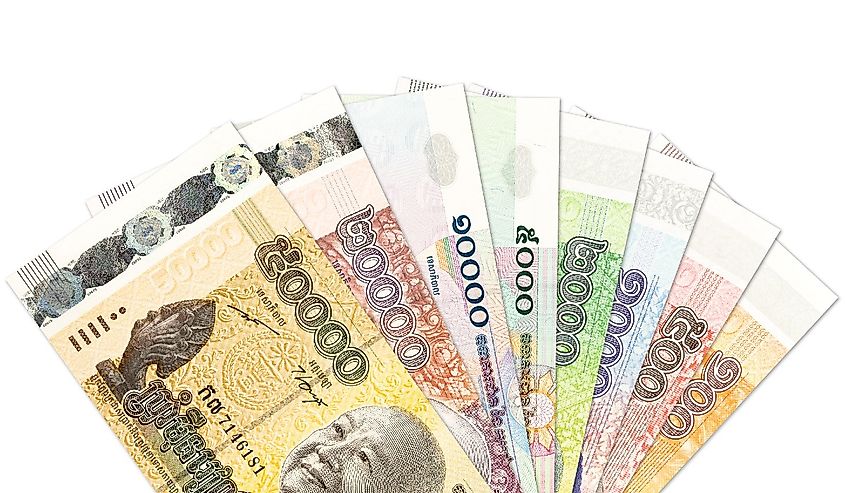
After years of a brutal dictatorship, Communist civil war, widespread poverty, and economic mismanagement, Cambodia’s currency is one of the worst in Southeast Asia. The American dollar is widely accepted in the country, which further causes the devaluation of the Riel. Today, one American dollar equals roughly 4,000 Riels, and tourists and locals alike often use a foreign currency rather than the Riel when in Cambodia, especially for retail purchases.
Due to factors such as political and social instability, economic mismanagement, national poverty, and wars, many nations around the world have currencies that are very poor in material value. Compared to such prominent monetary units as the US dollar and the Euro, this list of the ten worst currencies reflects an array of economic woes faced by the respective nations. Across different parts of the globe, these local economies continue to struggle to bring investment and trading worth for their cultural currencies.











